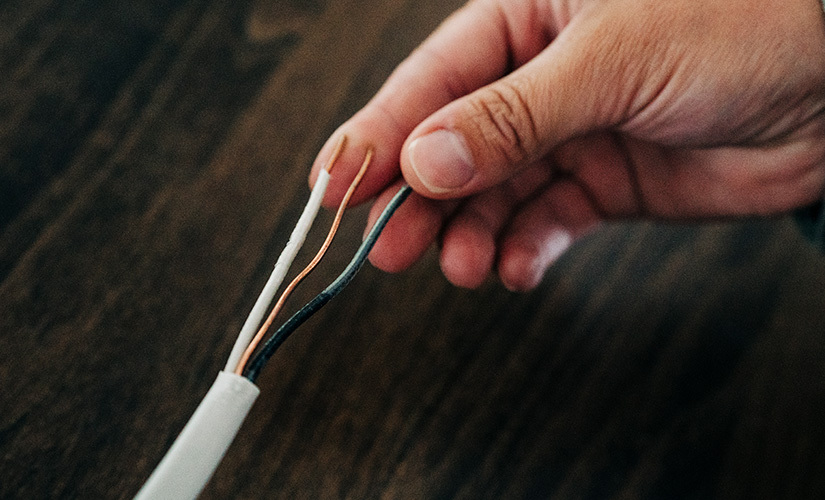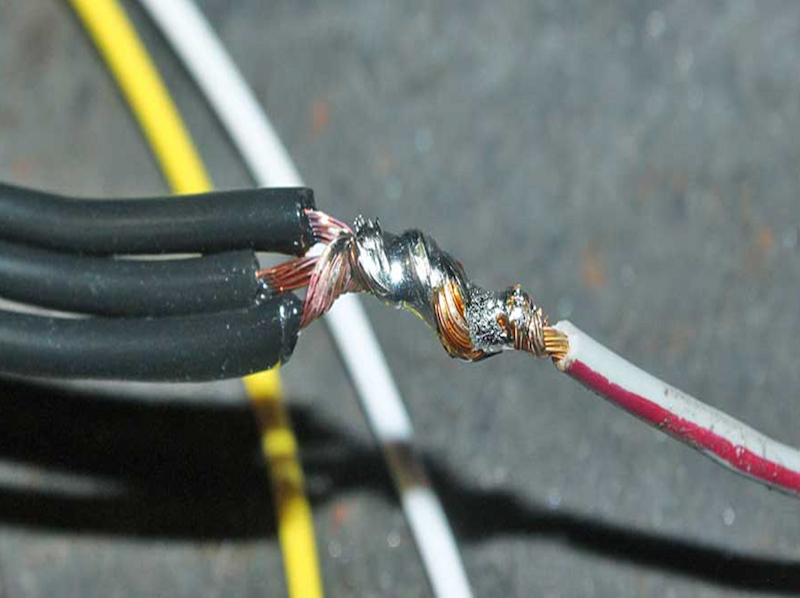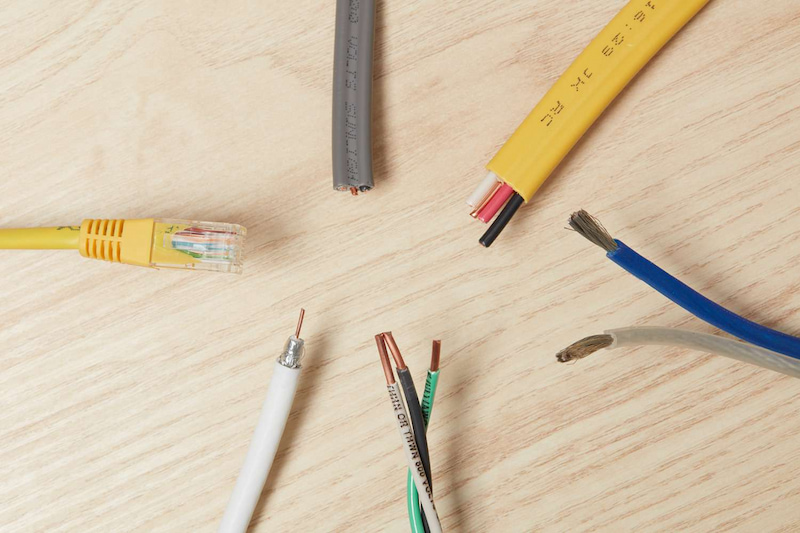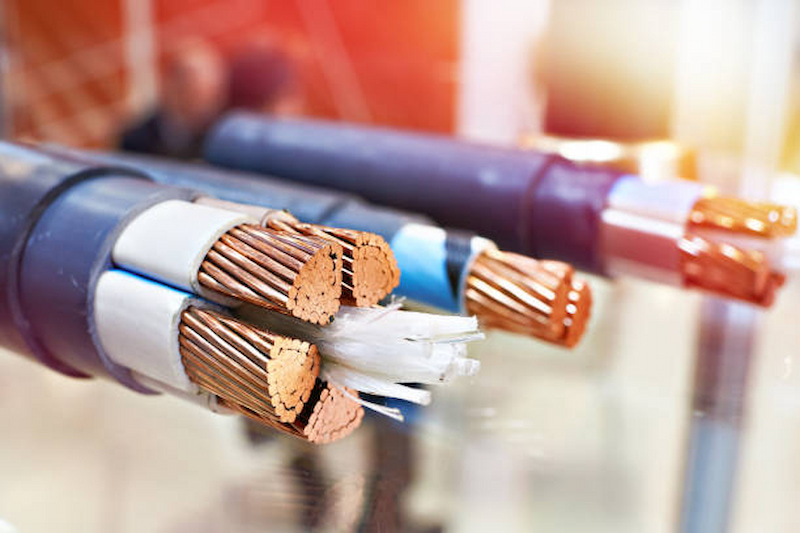Contents
With Wiring Rules changed just a few years back, changing out wires and cables, be it in a domestic or industrial setting can be confusing and pose serious safety and health risks. There are dozens of different types of cables and wires, each with its own specific use. Powering homes from underground wiring from substations, bringing you the NBN and telephone lines, or feeding power-hunger machinery in large industrial complexes. You’ll find the right type of electrical wires and cable for the job.
Here the basic distinction is between single-phase power, and what you get to your home, and 3-phase or multiphase power for industrial and commercial use with higher loads. The same is true for networking cables, with fibre-optical cables bringing in the signal to the home and coaxial or twisted pair cables connecting your TV and devices.
Wires vs Cables

These two are often used interchangeably, but there are differences. Wires are single conductors and can be bare or insulated. The 2018 changes in wiring rules had the purpose of streamlining colour coding for the different types of wires, both in three-phase and multiphase power. This is to bring Australia closer to international standards, and avoid cross-border discrepancies.
There are three types of wires bringing low-voltage power. This includes active or live wires that carry the current from the mains supply and the metering box, to switches, outlets and hard-wired appliances. These were red before the changes, but now are brown. Neutral wires are also conductors, but they help return the current to the power source, basically in the opposite direction of an active wire. These were coloured black, but now are blue. Lastly, there are earth or ground wires that direct current away from connected appliances and outlets in the case of an electrical fault. Their purpose is to prevent electrocution. They have retained a green and yellow combination.
Cables on the other hand can be defined as two or more wires inside an insulated jacket. A power cable can therefore consist of an active, neutral and earth wire in what is known as a 3-core cable (or twin and earth), that power Class1 appliances and equipment, or lose the earth wire and be classified as a twin-core, with active and neutral wires only. These power Class II appliances. In rare cases, you’ll also find single-core cables consisting of one single (solid) wire. Knowing what types of appliances and equipment you’ll be powering will therefore make it easier in choosing the type of cable you need.
Uses of Wires and Cables

Wires have a multitude of uses outside of electricity. The construction (suspension bridges), manufacturing (light bulbs, needles, pins), clothing and the automotive sectors are prime examples. Most of us however associate wires with power delivery and communication networks. Cables are also used for this purpose, and feature in a variety of industrial applications like robotics and motor and machinery controls.
Common Types of Electrical Wires and Cables

Wires come in two basic configurations – single solid cores, or multiple strands. Solid core wires consist of a solid piece of conductive metal (typically copper) and connect two permanent links where flexibility is not required. Sheathed variants are weather-resistant, anticorrosive and cheap to make. Stranded wires, on the other hand, have a high degree of flex so they’re used in electronics, appliances, cars and areas with more twists and bends. They offer better durability over single-core wires.
Electrical cables can be of the multi-conductor type, like the twin and twin and earth power cables used in residential power supply. Twisted pair, fibre optic and coaxial cables are types commonly found in networking and telecommunications. Here the distinction is between cables used in the transmission of power, as opposed to those that transmit signals. Ethernet networking cables, like Cat 5E, Cat 6 and Cat 7 are examples of shielded twisted pair cables used in high-speed data transfer.
Construction of Cables

Electrical cables consist of three basic parts – the conductor, the insulation, and the sheathing. The conductor is responsible for power transfer, the insulation shields the conductor, and sheathing is used to prevent damage.
Metals of high conductivity are chosen as conductors. Here pure silver is best, but used only in specialist cables due to high costs. Copper is the most abundant material used, with good conductivity and an affordable price. A lower-cost option is aluminium. As mentioned, conductors can consist of multiple strands, or come as a single solid core.
Insulation is used to prevent current leakage, and any cabling with damaged insulation can present a safety risk. Insulation needs to have high insulation resistance, good mechanical strength, and should last in temperature extremes. Materials used in insulation include PVC and thermoplastic rubber.
Inner protective metal layers are used to prevent external interference in communications cables and for added mechanical strength in cables used in high voltage industrials purposes. The outer sheathing is used for protection against moisture, heat, corrosion and other factors typical of the setting. Materials here often correspond with inner insulation.
Cables and wires are sold at all electrical and well-stocked hardware stores. These sell both power and data cables in various types. Here you’ll also find ducting and conduits for routing, cabling accessories like ties, clips and grommets, data cable connections jacks, heat shrinks and other accessories.


Comments are closed.